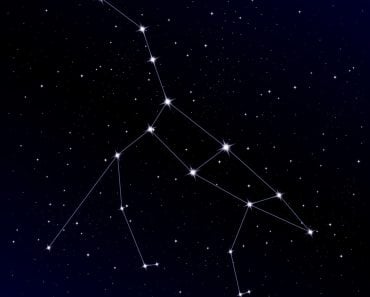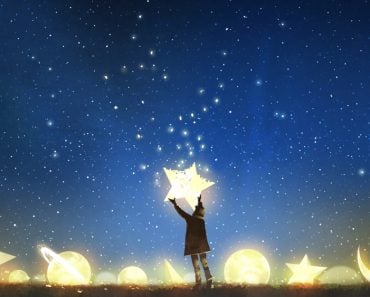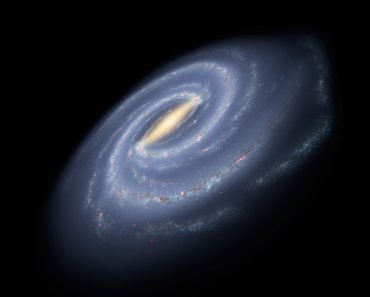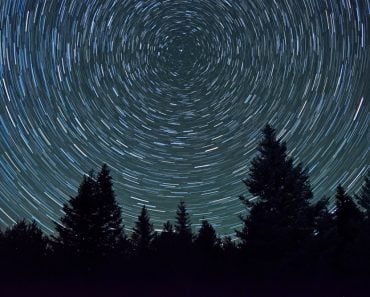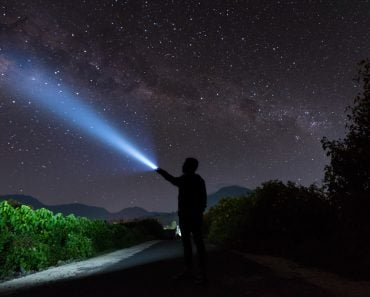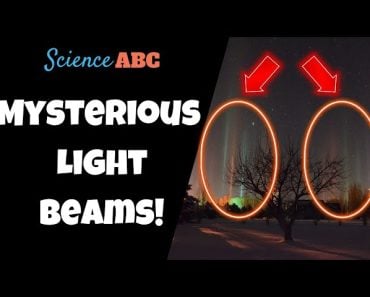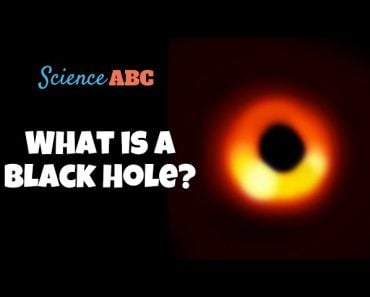Table of Contents (click to expand)
The stars always seem to have 5 corners because that is the way humans draw them. Stars are actually spherical in shape, but they appear to be pointy with a few extended arms when we look up at the night sky. This is due to the inherent nature of light and the way it is diffracted around objects.
When thinking back to my childhood, one of the things I remember most was that the stars we got on our homework were highly prized. Those five-armed pointy shapes drawn on our notebooks by the teacher had the potential to keep us swollen with pride for an entire day. It was at that point, I think, that I learnt how to draw stars for myself. However, as I grew up, I realized that everyone’s stars basically looked the same… more or less.
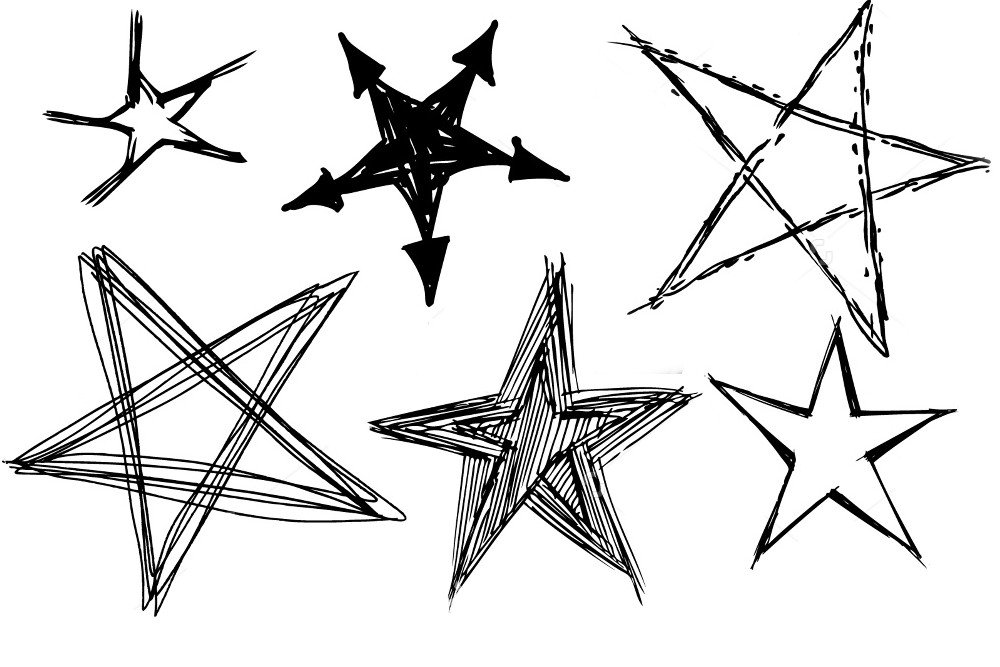
What’s the reason for this? Since all of us know that real stars are actually spherical in shape, why does everyone commit the same universal folly when drawing stars?
Recommended Video for you:
The Way Stars Appear To Us
It’s pretty straightforward, isn’t it? Humans draw stars, and everything else, precisely the way they appear to them. Now, it’s true that stars do appear pointy, with a few extended arms when we look up at the night sky. Therefore, this is the universally accepted image of stars. The real question is why stars appear that way at all, since we all know that stars are actually spherical in shape, which is far from the image that we draw of them.
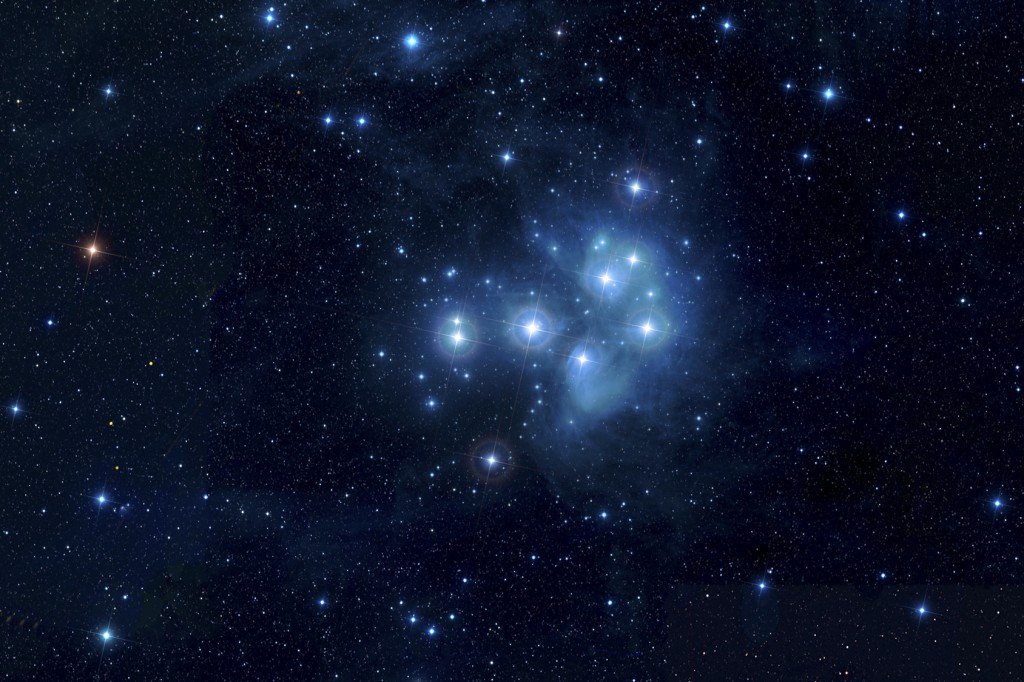
It’s interesting to note that humans are not alone in perceiving stars that way; practically every creature with eyes sees stars the same way! Furthermore, even many high-power telescopes see distant stars as pointy objects. This strange phenomenon is due to the inherent nature of light.
Light behaves in a way that establishes itself as both a wave and a particle. Sometimes, it behaves like a particle (known as a photon) and is thus able to travel in straight paths, but at other times, it travels like a wave. Although it doesn’t make much sense to us intuitively, there is conclusive evidence for light’s duality, named the wave-particle duality of light by scientists.
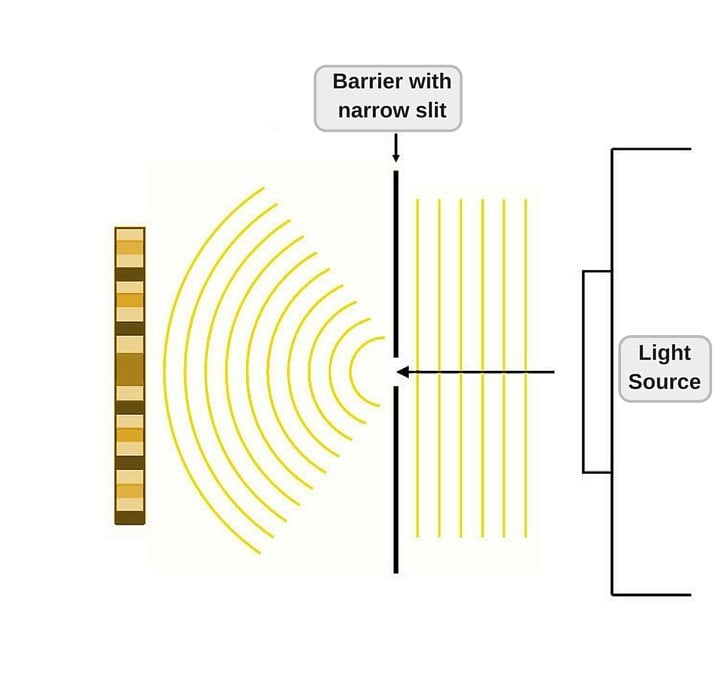
Thanks to these wave-like characteristics, when light emitted from a distant object reaches another object or opening, its waves are bounced or bent slightly around the object and interfere with each other to produce various patterns on whatever they ultimately fall on. For example, light passing through a slab with a tiny slit leaves its imprint in the form of a perpendicular series of dashes.
This is the reason why any light source appears to sparkle with pointed corners when you squint your eyes.
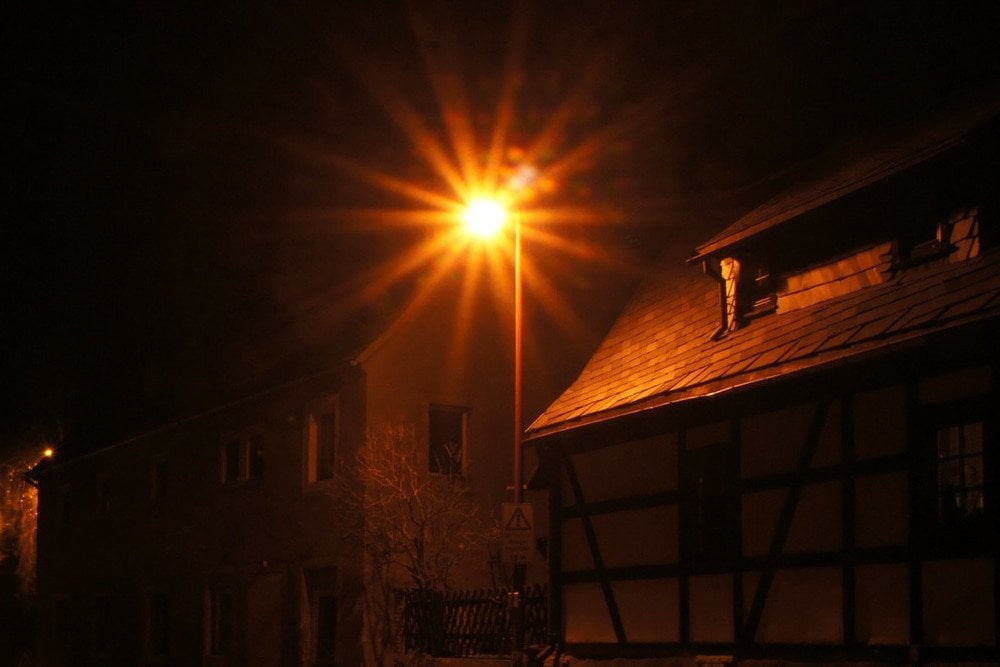
Suture Lines In Eyes
Now we know that since light acts like a wave, it gets diffracted around openings and objects to create imprints. However, this only covers one part of the explanation. The other part has to do with our eyes, or rather, certain imperfections in our eyes.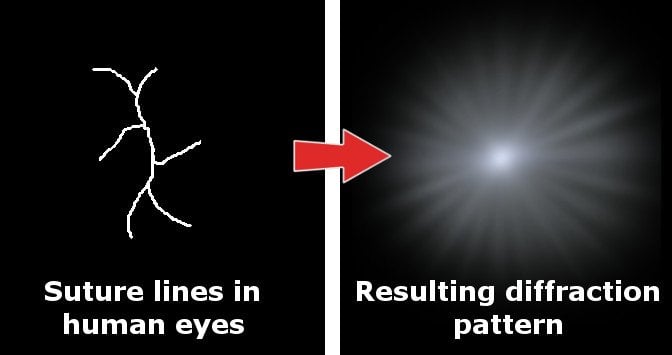
The fibers that make up our eye lenses meet at certain points, resulting in very small structural imperfections called suture lines. Light, upon passing through the lens, interacts with these lines and consequently leaves a very distinct impression of a star, making it look like a pointy, five-armed toy.
It’s interesting to note that the way these suture lines are formed vary from one creature to another (yes, animals also have suture lines and therefore see pointy stars). That means it is somewhat unlikely for two people to see a star in exactly the same way, i.e. there will be some difference in the way a particular star appears to different individuals. Even your own eyes will show slightly different images of the same star when the other eye is closed!
Here’s a very interesting video explaining the physics behind the ‘star-shape’ of stars:


